Architecture that integrates the landscape of its site into the built spaces is not something new, but the homes in this collection do a particularly good job of integrating a tree at the heart of the home. By working with the topography, these architects fosters a deep connection with nature.
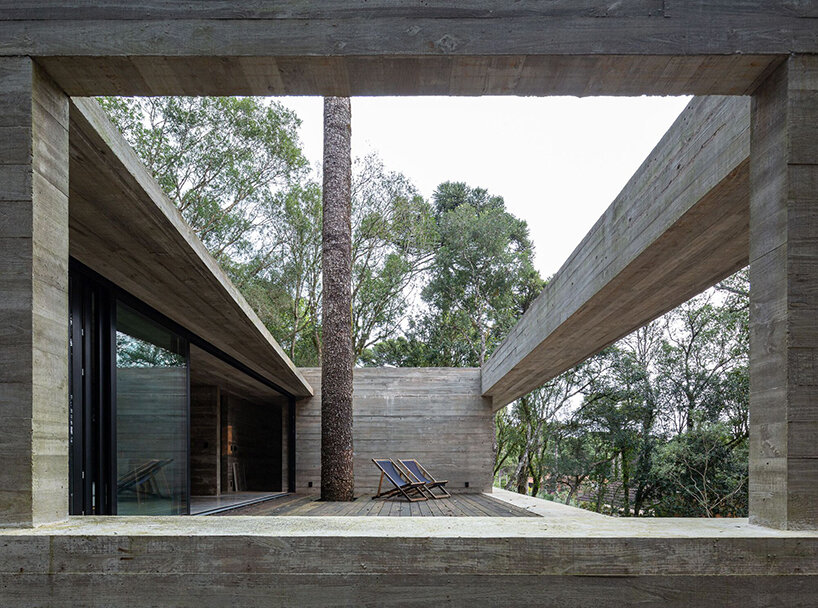
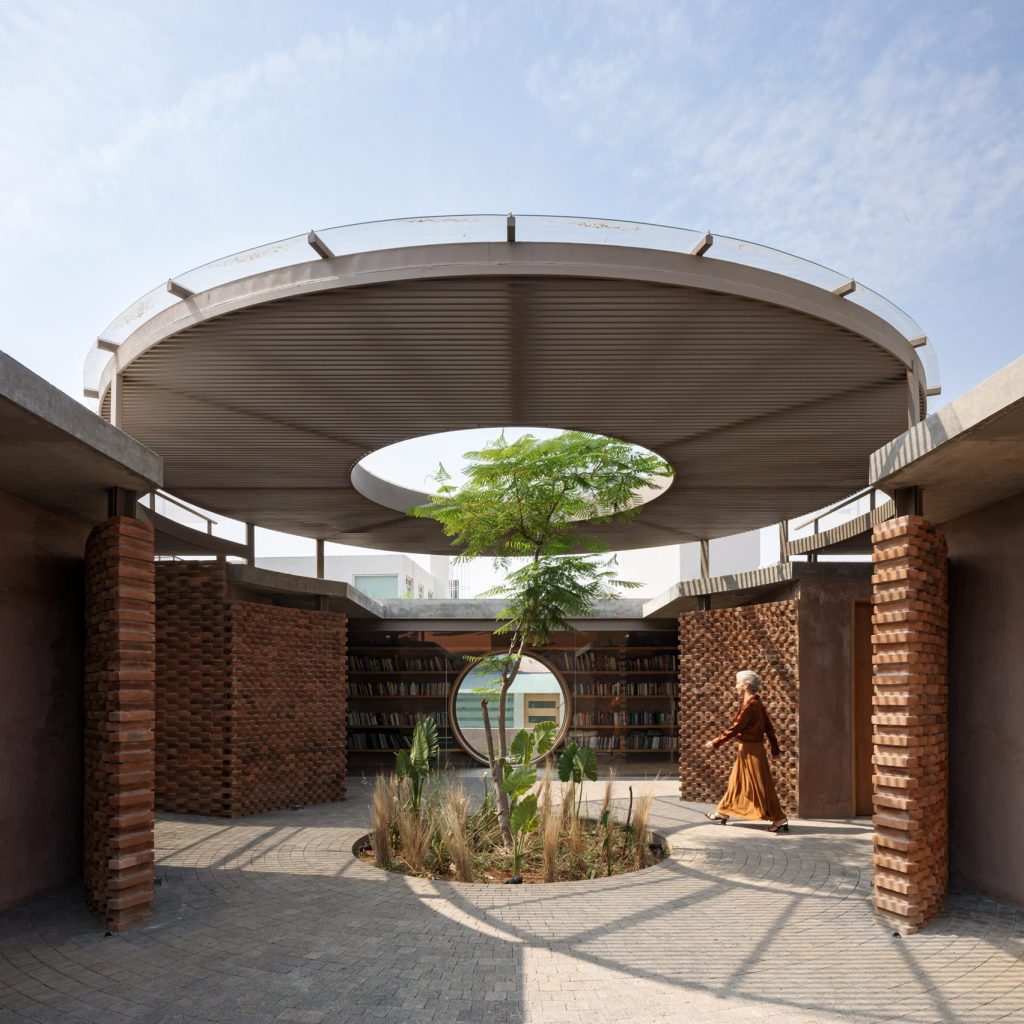
Casa UC by Daniela Bucio Sistos
Conceived as a “walkable residence,” the red brick and coloured concrete house on the outskirts of Morelia, Mexico, developed by local architect Daniela Bucio Sistos features a tabachin tree growing through an oculus in a disc-shaped canopy over a courtyard.
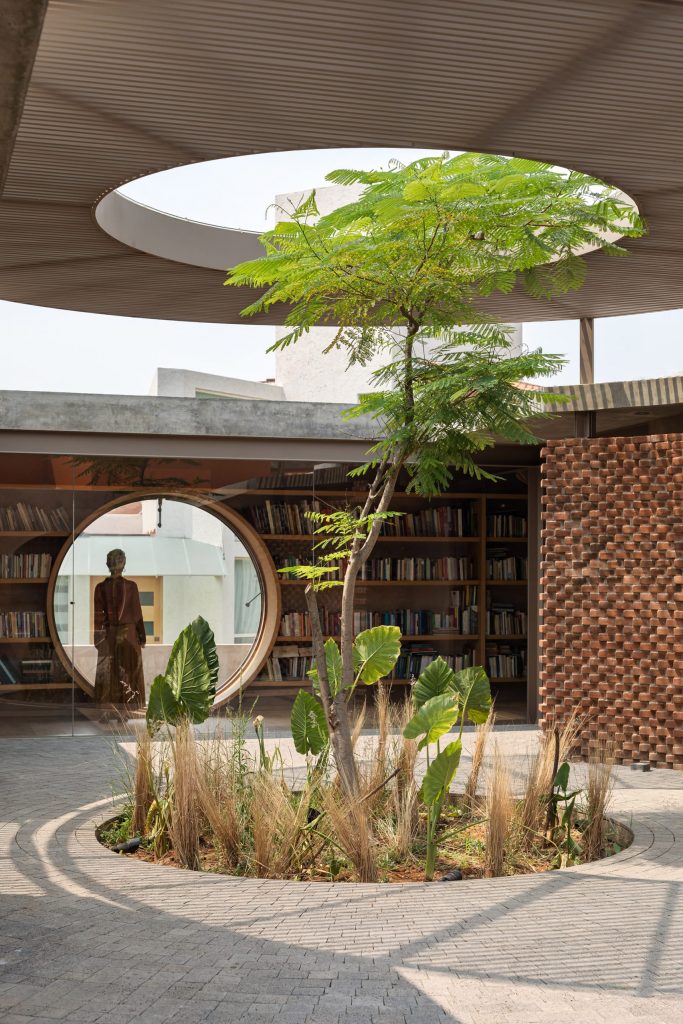
Casa UC by Daniela Bucio Sistos
The 550-square-metre residence named Casa UC consists of rooms arranged around courtyards and pathways. Its main facade in the east is characterized by a solid brick wall to preserve privacy and reduce noise. A textured partition wall runs along most of the front, with the main entrance placed at its end.
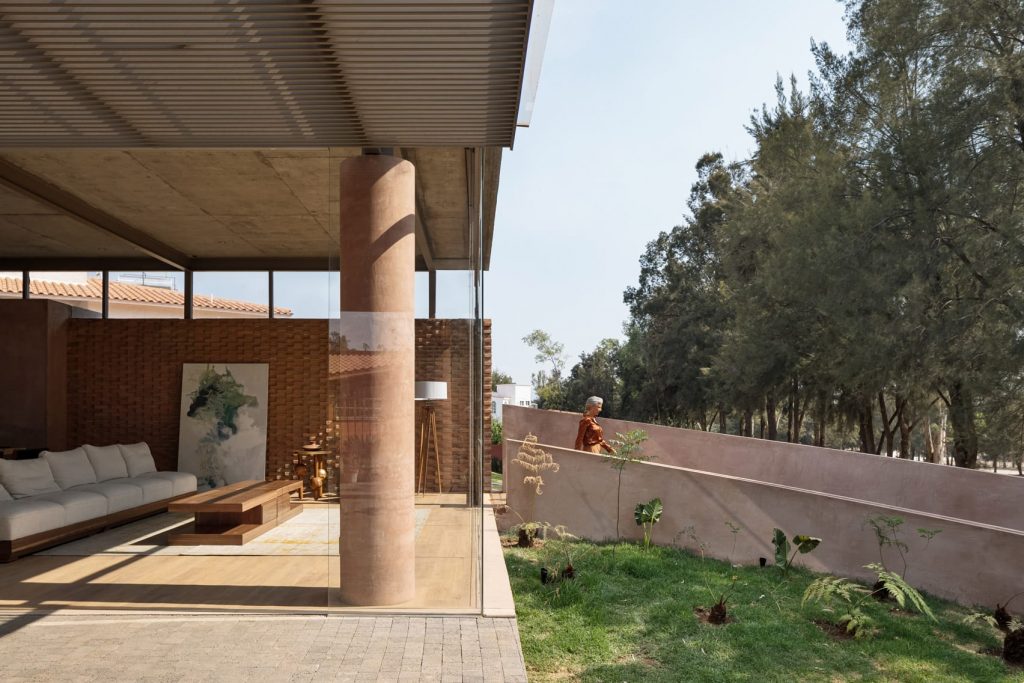
Casa UC by Daniela Bucio Sistos
The entryway leads to an open-air space at the heart of the residence. Above tthis round courtyard, or rather “foyer” how the architect places it, a round canopy with a circular opening at its centre allows the tree planted underneath to grow freely right through the cutout.
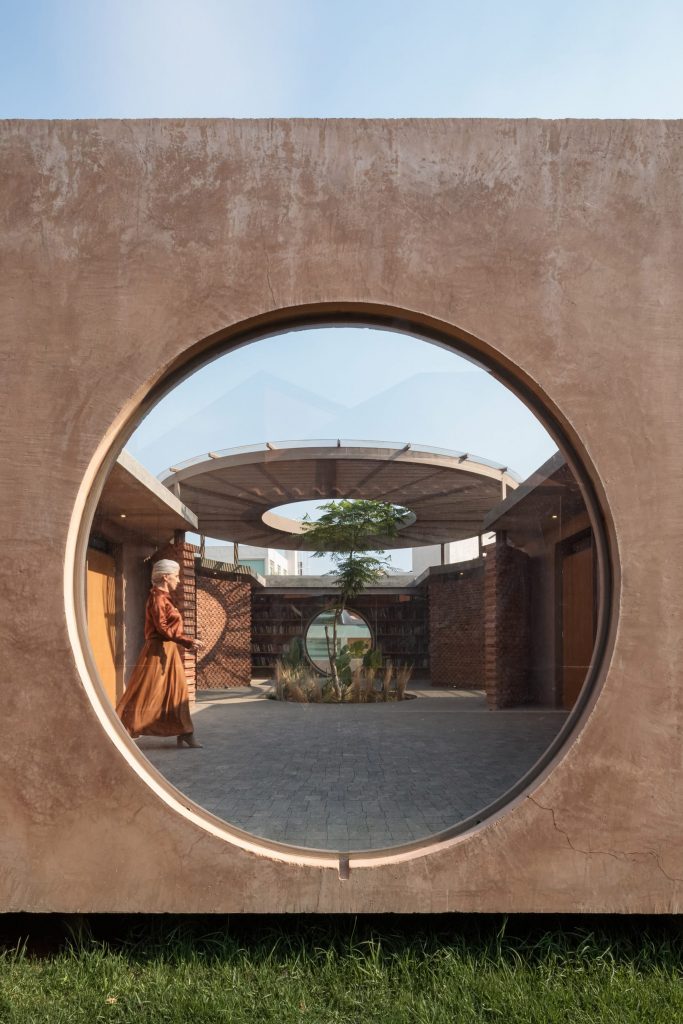
Casa UC by Daniela Bucio Sistos
Symbolically, this vestibule is taken as the starting point for the radial floor that runs throughout the project. Arranged around it are enclosures made of red brick, pigmented concrete and glass. All in all, the house is comprised of four bedrooms, a kitchen, a dining area, a living room, and a library.
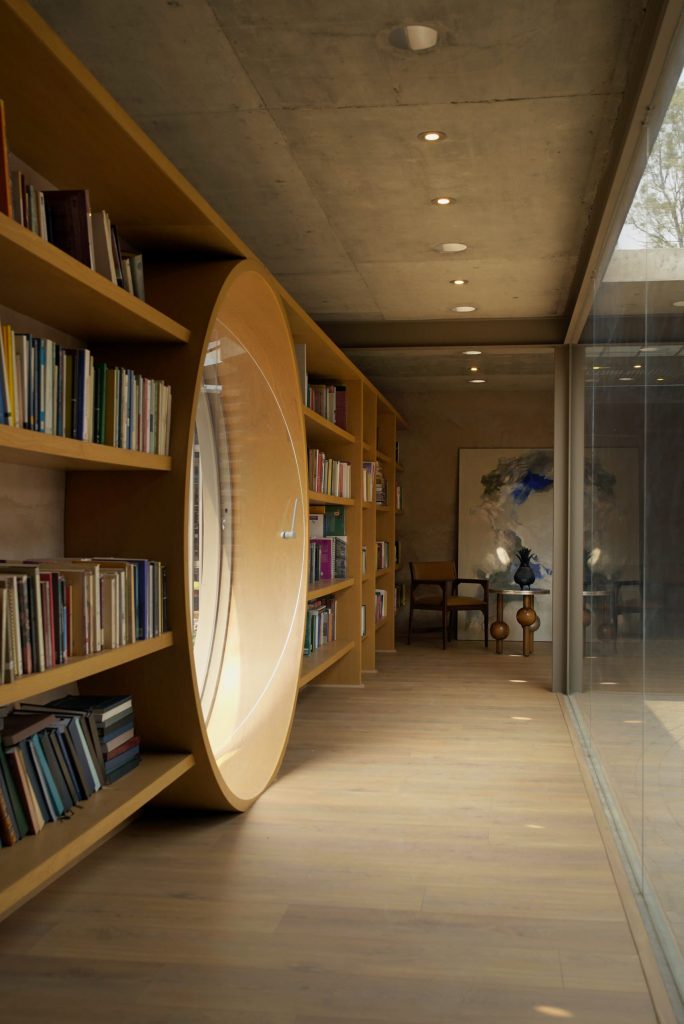
Casa UC by Daniela Bucio Sistos
Two large, circular windows align with the central courtyard, both pivoting open an closed to establish more connection between different parts of the house. One of the glazed apertures is adjacent to an interior patio, while the other is found in the library.
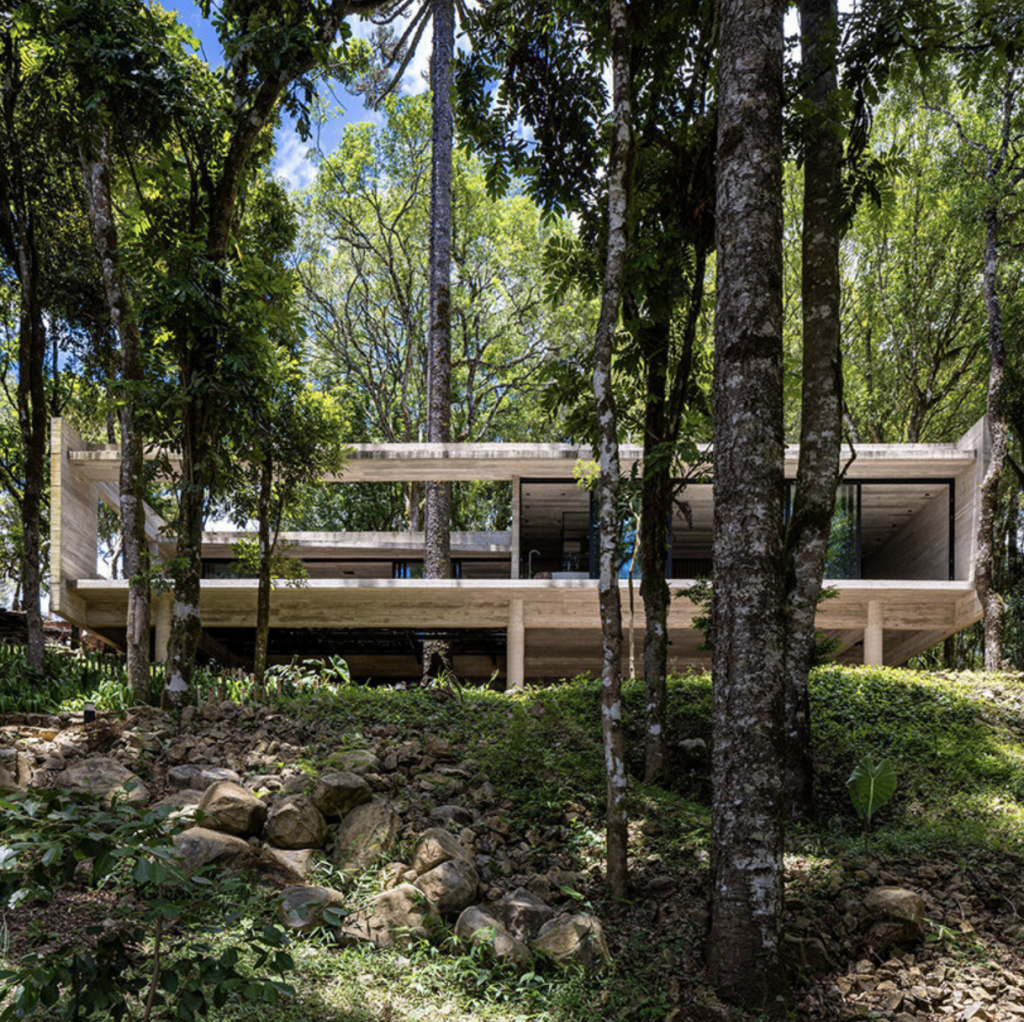
Fortunata House by Luciano Lerner Basso (also header image)
Brazilian architect Luciano Lerner Basso has built its Fortunata house around a tree, on the one hand, in a bid to discover “the spirit of living” and, on the other hand, to respond to the constraints of the site. Designed for a young couple, the residence is situated in the extreme southern region of the country and integrates a massive araucaria angustifolia pine tree into its otherwise quite simple programmatic organization.
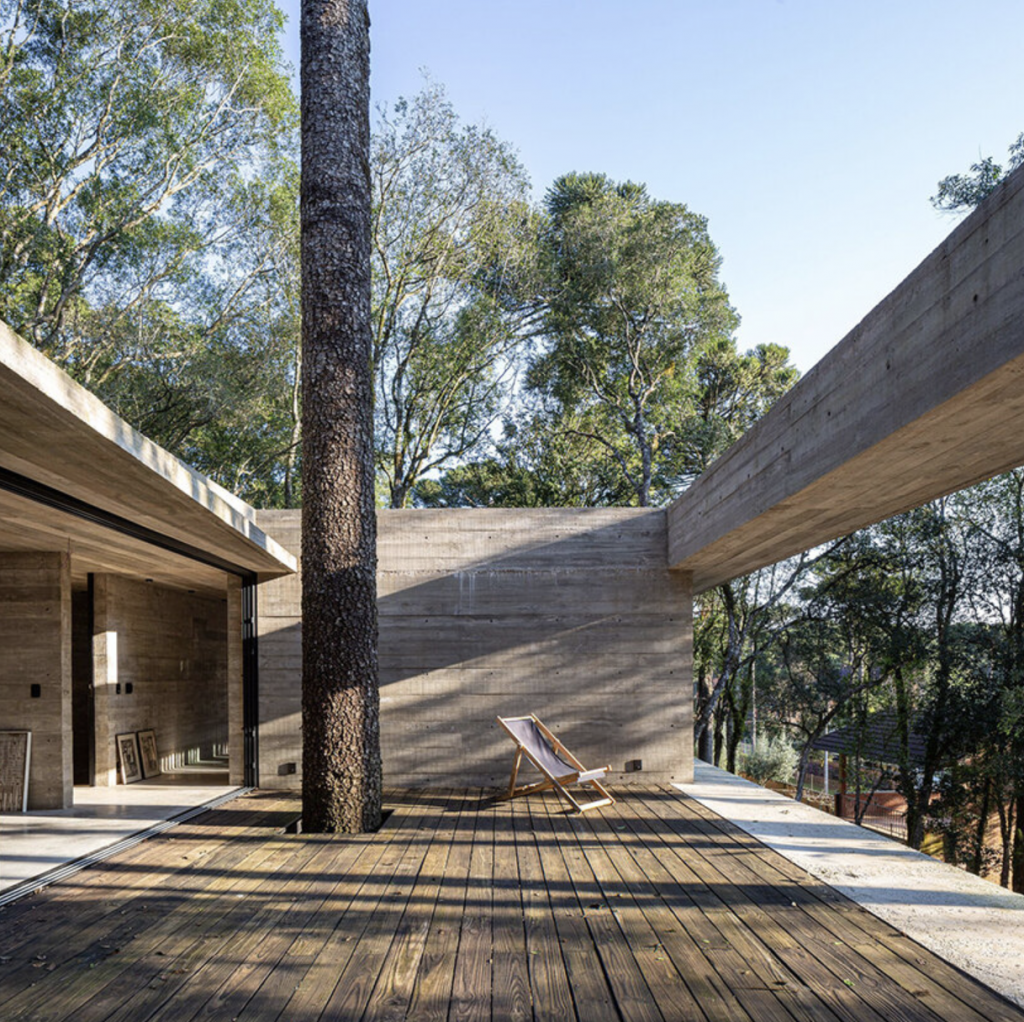
Fortunata House by Luciano Lerner Basso
Aiming at a minimum intervention in the landscape, the team utilized a pilotis that gently touches the ground to support the main volume of the building. Nestled along the lower level beneath the pilotis are a garange and entrance vestibule. Since the residence is accessed by a winding footpath of soil and gravel, which opens into a courtyard, the floor of the house is perceived as an extension of the outside. This builds up to the overall impression of integration between the public and private realms, as well as between the built space and its natural surrounding.
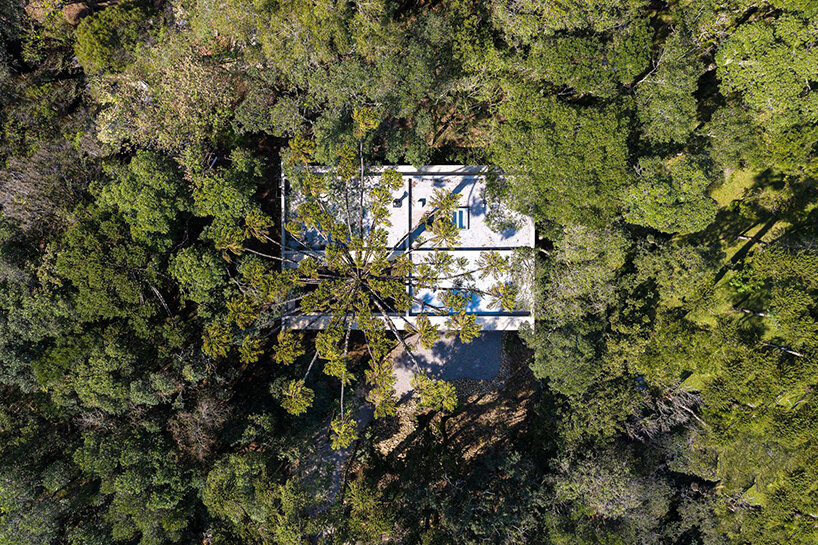
Fortunata House by Luciano Lerner Basso
The upper level encompasses a structurally open plan, divided into four quadrants, each taking its function – living, working, and sleeping. Completing the program, three verandas connecting the house to the back patio expand the living room towards the landscape. Without any visual barriers between inside and outside, the dweller has permanent contact with nature – living in the house, he simultaneously lives in the forest.
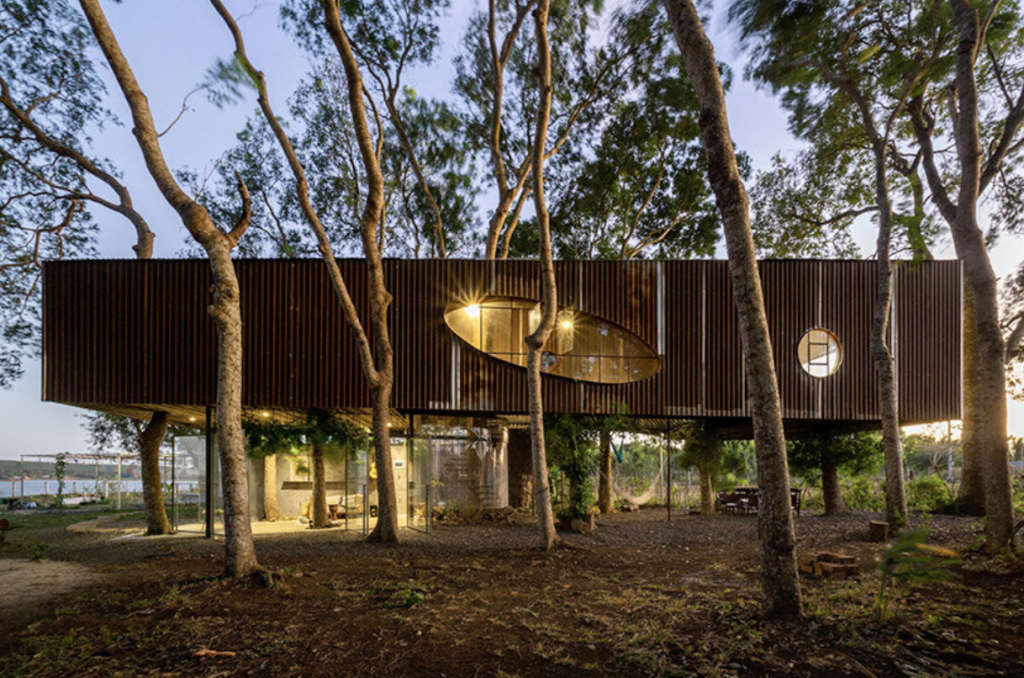
The Tree House by the Lake by H2 Architects
Similarly, the guiding principle behind The Tree House by the Lake, nestled peacefully amongst Vietnam‘s peaceful countryside, was to ensure it existed harmoniously with its natural surroundings. Local H2 Architects took cues from the cherished memories of an elderly man who recounted to the design team the simple joys of his childhood, where children gathered under the canopy of an old tree, fashioning makeshift tents from leaves. The resulting design recreates this idyllic setting and incorporates perennial conch trees.
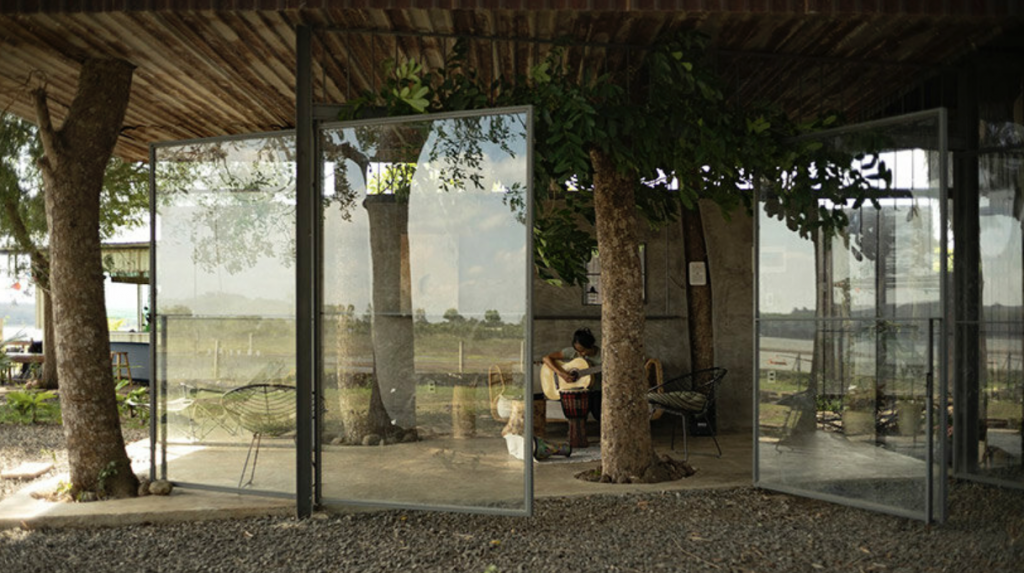
The Tree House by the Lake by H2 Architects
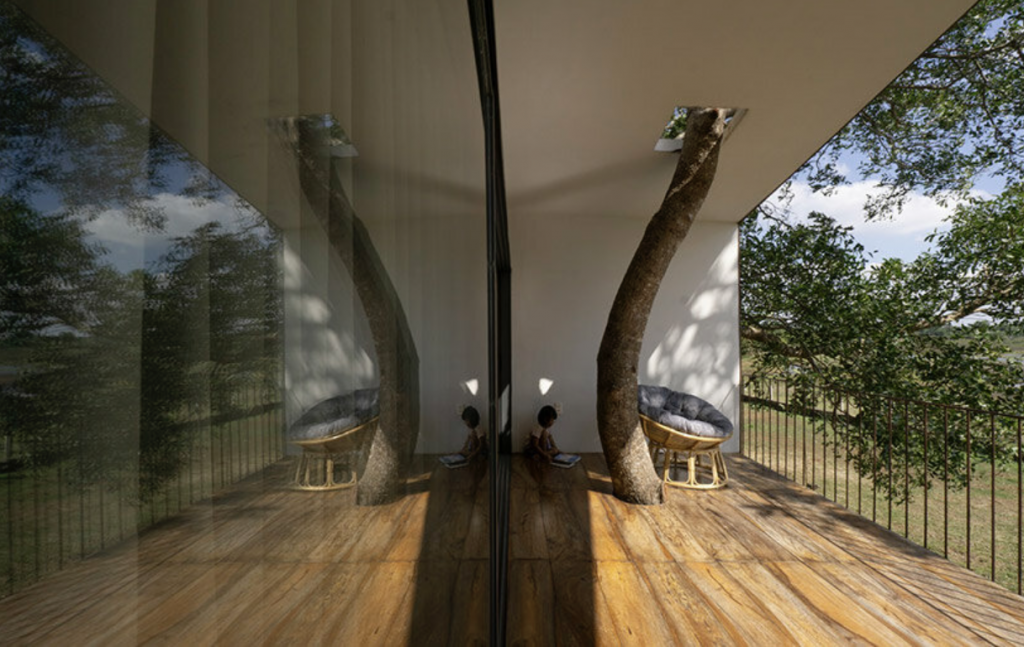
The Tree House by the Lake by H2 Architects
As its name suggests, The Tree House by the Lake resembles a raised hut nestled beneath the towering trees. The architectural design prioritizes open spaces, where children can run, climb, or simply lie down and observe the world from their treetop hideaway.
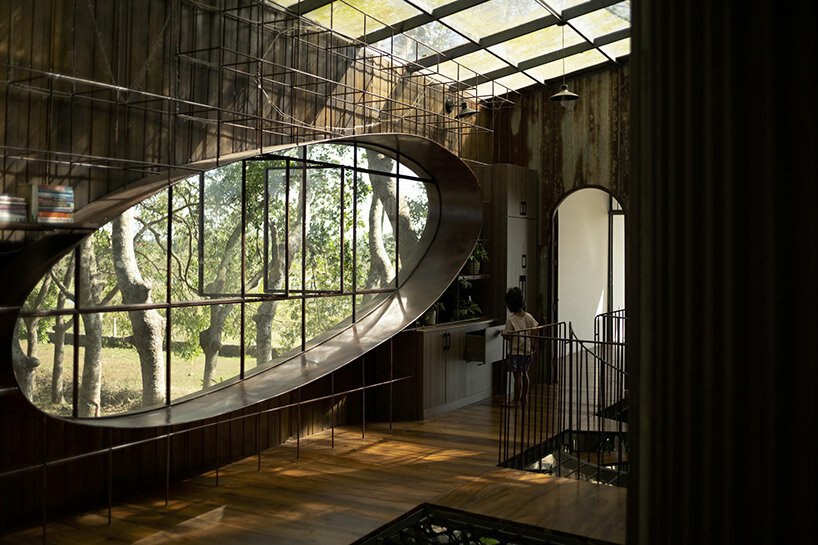
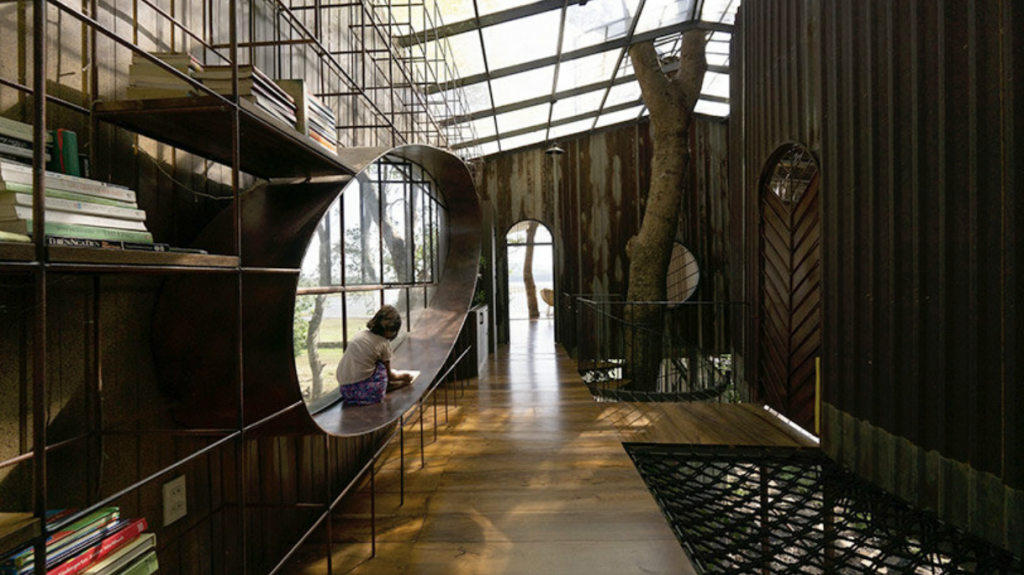
The Tree House by the Lake by H2 Architects
Instead of imposing concrete structures onto the landscape, the team opted for discarded materials salvaged from worksites. By reusing and repurposing these items, the project minimizes its ecological footprint and advocates for a more eco-conscious future. By reducing reliance on modern cooling devices, the structure cuts down on energy consumption, embracing a more sustainable approach to living.